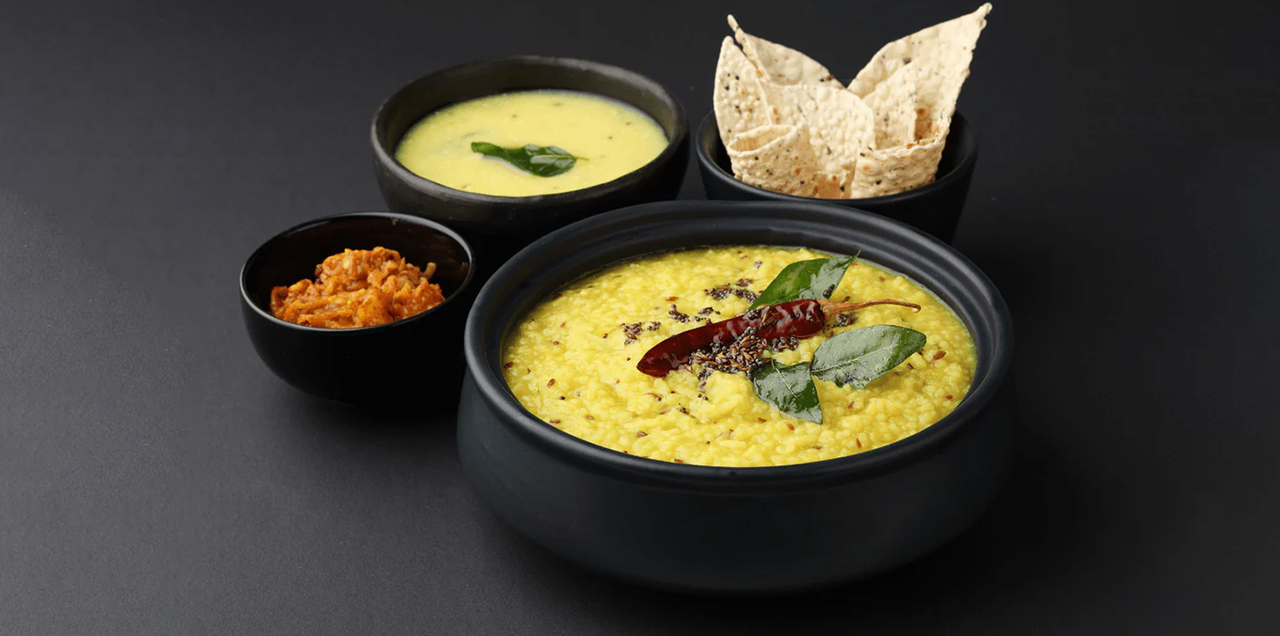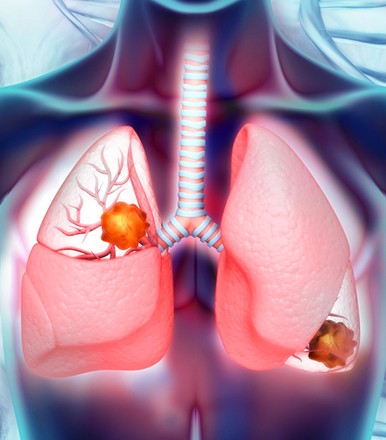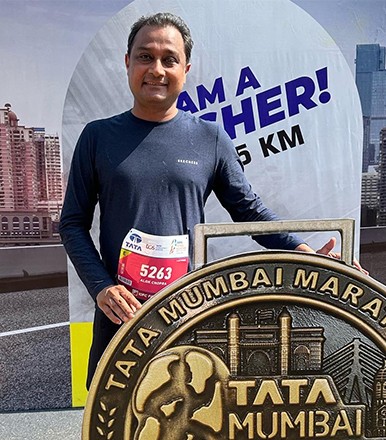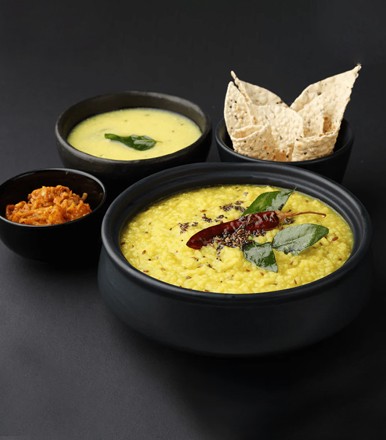We Indians may reside in different geographical landscapes, speak different languages, and prefer different cultures yet the outside world addresses us as people associated with spices and food. You can look at any part of the country, no matter how much people claim to be different you will get some sort of similarity in their cuisine and food pattern. One such similar dish that you can find all over India is a perfect blend of lentils and rice with suitable spices – commonly known as Khichdi.
Often considered the ultimate comfort food, Khichdi is not only celebrated for its warmth and simplicity but also for its remarkable health benefits. It has been a staple in Indian homes for centuries, embodying nutrition and tradition. Let's explore why Khichdi is truly a superfood and how this simple dish is celebrated in various regions across India.
Lets Tace It Back- The History of Khichdi
Khichdi has been a part of Indian cuisine for over 3,000 years. It is mentioned in ancient texts like the Atharvaveda and the Charaka Samhita, where it was referred to as a nourishing food for the sick, the elderly, and children. The word "Khichdi" is derived from the Sanskrit term ‘Khiccha’, which refers to a mixture of grains and legumes.
Originally, Khichdi was considered a healing dish, believed to balance the three doshas of the body according to Ayurvedic principles: Vata, Pitta, and Kapha. Its blend of rice and lentils, coupled with the addition of spices, made it a complete, easy-to-digest meal suitable for people of all ages. Over time, Khichdi evolved and spread across India, adapting to regional tastes and ingredients.
Types of Khichdi Across India
Khichdi is a dish with many faces, depending on the region in India. From sweet to savoury, plain to spicy, each region has its unique take on this versatile food.
-
Gujarati Khichdi: One of the most famous regional versions, the Gujarati Khichdi is made with yellow moong dal (split mung lentils), rice, and a variety of spices like cumin, turmeric, and asafoetida. It is often served with papad (crispy lentil crackers) and kadhi (a yoghurt-based curry), making it a fulfilling meal. The dish is known for its mild, comforting flavour and is often a go-to food for those recovering from illness.
-
Bengali Khichdi: In Bengal, Khichdi is often made with rice, moong dal, and a variety of vegetables. It's seasoned with cumin, bay leaves, and ghee, offering a more aromatic and flavourful version. During festivals like Poila Boishakh (Bengali New Year), Khichdi is traditionally served as a symbol of prosperity.
-
South Indian Khichdi: Known as Ven Pongal, this version of Khichdi is made with rice and moong dal and is flavoured with black pepper, curry leaves, and ghee. It's often accompanied by coconut chutney and sambar (a spicy lentil soup), making it a hearty breakfast in many South Indian homes.
-
Maharashtrian Khichdi: In Maharashtra, Khichdi is often made with rice, dal, and vegetables, and spiced with turmeric, cumin, and garam masala. This version is typically served with a dollop of ghee on top, making it a rich, nourishing meal.
-
Punjabi Khichdi: The Punjabi style of Khichdi uses a more robust mix of spices such as coriander, cumin, and garam masala. It is often enjoyed with buttermilk or yoghurt on the side.
The Nutritional Power- What Makes It a Super Food
More than just comfort food, Khichdi is packed with nutrition and offers a wide array of health benefits, making it a true superfood.
-
Complete Protein Source: The combination of rice and lentils in Khichdi provides all nine essential amino acids, making it a complete source of protein. This makes it an ideal meal for vegetarians and those looking for plant-based protein.
-
Easy to Digest: Khichdi is considered a "light" meal, making it easily digestible, which is why it’s recommended for people recovering from illness, the elderly, or those with sensitive stomachs. The presence of easily digestible lentils and rice, combined with mild spices, makes it soothing for the digestive system.
-
Rich in Fiber: Depending on the type of lentils and vegetables used, Khichdi can be rich in fibre, which aids digestion and promotes gut health. The fibre content helps in preventing constipation and maintaining healthy bowel movements.
-
Balances Doshas: According to Ayurveda, Khichdi is a tridoshic food, meaning it helps balance the three primary energies (Vata, Pitta, and Kapha). The combination of grains and legumes provides a harmonious balance of the body’s internal systems, promoting overall wellness.
-
High in Antioxidants: The addition of spices like turmeric, cumin, ginger, and asafoetida not only enhances the flavour of Khichdi but also provides powerful antioxidants. Turmeric, for example, is known for its anti-inflammatory and immunity-boosting properties.
-
Rich in Vitamins and Minerals: The vegetables added to Khichdi — whether carrots, peas, spinach, or potatoes — offer a wealth of essential vitamins and minerals, including vitamin A, vitamin C, potassium, and iron, which contribute to overall health.
Khichdi for Weight Loss
Given its light nature, Khichdi is also often recommended for those looking to lose weight. It is a low-calorie, high-nutrient meal that keeps you full without overloading your system with heavy fats or sugars. The fiber and protein content help curb hunger pangs and prevent overeating, making it a perfect meal for weight management.
Khichdi in Modern Times
This dish was ment to be it perfectly fit in todays so called fitness freak era. Due to its flexible making process, it can be made gluten free, it is vegan and packed with protine. Its simplicity, nutritional value, and versatility make it a go-to dish for people looking for a quick, wholesome meal. In fact, Khichdi is now a part of many wellness and detox programs, because it can be customized for various dietary needs.
In urban areas, Khichdi has even been reinvented with modern twists. Chefs and foodies have experimented with flavours, adding ingredients like quinoa, millet, or even sprouted grains to elevate the dish. Some even add superfoods like moringa or chia seeds to enhance their nutritional profile.
The Bowl Beyond Health
Khichdi is not just about nutrition; it also holds cultural significance. It is the dish of choice for various festivals and religious occasions. In some regions, Khichdi is prepared as an offering to deities, symbolizing purity and devotion.
In many households, Khichdi is associated with comfort and care. It is the first solid food given to babies in India, and it is often the dish served when someone is unwell or recovering from surgery. The softness and ease of digestion make it an ideal meal during such times.
Khichdi is a true culinary gem — a superfood that combines simplicity, nutrition, and versatility. Its history, regional variations, and health benefits make it a timeless dish that transcends generations. Whether you're looking to boost your immunity, detoxify, or just enjoy a comforting meal, Khichdi offers the perfect solution. So, the next time you want to indulge in something warm, wholesome, and healing, turn to this humble dish, and let the superfood magic of Khichdi work wonders for you.














